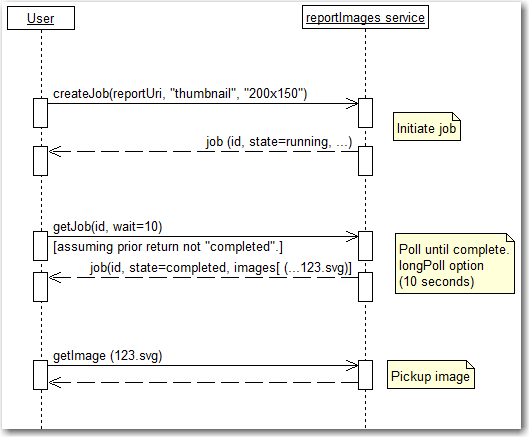

ChildNodes/.FirstChild/NextChild properties we can also use XPath. Instead of traversing the elements/nodes in your XML using the.
#FIELDAWARE API VBA OBJECT DOCUMENTATION HOW TO#
Now that we have a hang of our XML document, based on the example XML I provided above I mapped a reference to how to obtain various elements of our XML file by using node references: But this still seems like a lot of coding right? Well there is an easier way of moving / extracting items using the DOMDocument object – called XPath. Now that we got the basics let’s print out the whole contents of the XML DOM including the basenames (node names).įor Each fieldNode In listNode.ChildNodesĭebug.Print " = "Įasy right? Using the basics above we can easily move around the document. Recon John Bob Rob Chris Jane Ashley Brent 'Get first child ( same as ChildNodes(0) ) The basics to moving around the XML DOM is using ChildNodes. Let’s start by extracting the first list and printing it’s XML and text contents.
#FIELDAWARE API VBA OBJECT DOCUMENTATION FREE#
node on the same level in the DOM hierarchy, having the same parent nodeĪll the above references allow you to free move within the XML DOM. node on the same level in the DOM hierarchy, having the same parent node The last child node, last node lower in the DOM hierarchyĪll child nodes of the current node, all nodes lower in the DOM hierarchy The first child node, first node lower in the DOM hierarchy The parent node, one node higher in the DOM hierarchy Each DocumentElement (XML DOM node) facilitates the following node references: Node Reference The XML document will provide you with the root of the entire DOM (of type XDoc.DocumentElement). XML DOM nodes in VBAįor the below I will use the following examples XML: The document has been parsed and you can easily traverse the enclosed elements. You have loaded the XML document into memory into the DOMDocument object. XDoc.Load (ThisWorkbook.Path & "\test.xml") XDoc.async = False: XDoc.validateOnParse = False Set XDoc = CreateObject("MSXML2.DOMDocument") Feel free to change these options if needed.

Notice that I am selecting the load to be performed synchronously and not validation be carried out on parsing the document. Let’s look at the example below.īelow we start by loading the XML document. The MSXML2.DOMDocument object allows you to easily traverse through an XML structure an extract any XML node and/or attribute needed. Let’s however, as always, start with a short introduction as to how XML files a structure before we dive into the examples.

Fortunately, we can use the MSXML2.DOMDocument object in VBA.


 0 kommentar(er)
0 kommentar(er)
